Ford Pushing for Hybrid Leadership

When it comes to gasoline-electric hybrid cars, Toyota is way ahead of rivals.
The Japanese automaker’s Prius essentially created this vehicle segment when introduced in the mid-1990s. Over the years, lessons learned from this nameplate have enabled Toyota to offer a sprawling range of hybrid models, from the Avalon sedan and RAV4 crossover to the Camry, Highlander and Corolla. Even its Lexus luxury division proffers an array of gasoline-electric models including the RX crossover, LS flagship sedan, and even the LC luxury coupe.
But just because it’s in a leadership position doesn’t mean Toyota is the only game in town. Other car companies have made significant investments in hybrid technology, including Ford.
Ford’s Big Hybrid Push
Way back in model-year 2005, Dearborn debuted the world’s first gasoline-electric utility vehicle. At the time, their Escape Hybrid was groundbreaking, with front-wheel-drive models stickering at 29 miles per gallon combined according to the U.S. EPA. Not only efficient, this vehicle also proved to be surprisingly robust. The automaker recently purchased a used 2012 model from a New York City taxi company, one with in-excess of 400,000 miles on the odometer. Supposedly, this example still has the original engine, transmission and hybrid battery pack.
Pushing the original Escape Hybrid’s technology even further, Ford later introduced hybrid and plug-in hybrid versions of the Fusion sedan and C-Max.
SEE ALSO: Ford F-150 Power Stroke Review – VIDEO
Moving forward, the Blue Oval is continuing to focus on electrification. By the year 2022, they’re on track to have invested some $11-billion in related technologies. Underscoring this point, they’ve been granted around 1,300 patents in the last three years, have an additional 2,500 or so that are active plus some 4,300 pending.
“We’re going to be aggressively chasing the space of hybrids,” said Dave Filipe, vice president of powertrain engineering at Ford. Soon, gasoline-electric propulsion systems will be a cornerstone of this automaker’s drivetrain lineup, much like downsized, turbocharged engines are today. For context, some 70 percent of F-150 trucks sold are powered by EcoBoost engines. Additionally, Filipe noted the automaker will eventually offer hybrid and all-electric versions of this perennially popular pickup.
ALSO SEE: What It’s Like to Drive an Electric Ford F-150
Launching shortly will be a pair of fourth-generation hybrid systems. Ford is taking a two-pronged approach going forward, offering one gasoline-electric drivetrain family for smaller, less capable vehicles and a larger arrangement for bigger models that can tow and haul greater loads.
2020 Ford Escape Hybrid and Plug-In Hybrid
Benefiting from the smaller of these two powertrains is the brand new 2020 Ford Escape Hybrid. Under the hood, they’ll feature a Powersplit eCVT matched to a 2.5-liter Atkinson-cycle four-cylinder engine with a 1.14-kWh lithium-ion battery pack thrown into the mix. This combination is expected to provide a total system output of 198 horsepower. That should deliver 20-percent faster zero-to-60-mph performance than today’s Escape powered by a 1.5-liter EcoBoost engine, along with a 50 percent improvement in fuel economy. A maximum driving range between fill-ups is estimated at 550 miles. Towing is rated at 1,500 pounds.
That electronically controlled continuously variable transmission is the heart of this drivetrain. Now in its fourth generation, engineers have dramatically reduced the size, making it simpler and more robust with greater refinement than ever. This latest eCVT is also about 35 pounds lighter than its direct predecessor, an impressive reduction.
SEE ALSO: 2019 Ford Ranger Review – VIDEO
The new Escape Hybrid will offer four separate driving modes. Auto EV allows the vehicle to decide when to run on gasoline or electricity. EV Now makes it operate purely on electrons. EV Later allows you to conserve electric range to use at a time when it’s most beneficial, such as during rush-hour traffic or while driving in downtown areas. Finally, EV Charge mode tops up the battery using the gasoline engine.
In addition to the Escape Hybrid, Ford is also offering a plug-in electric version of this compact utility vehicle. With a large, 14.4 kWh, liquid-cooled, lithium-ion battery pack mounted under the floor it will offer an estimated 30 miles of electric-only driving range. After that is depleted the gasoline engine takes over so you’re never left stranded.
As for charging, the Escape Plug-In Hybrid can be fully topped off with electrons in 10 to 11 hours using a standard 110-volt outlet. Hook it to a 240-volt power supply and that time drops to less than four hours.
2020 Ford Explorer Hybrid
With its latest hybrid drivetrains, the folks in Dearborn want their vehicles to have zero compromises. “That is a key message here for Ford,” said Filipe. Their goal with these models is to deliver excellent performance, impressive capability, and uncompromised utility, all with exceptional efficiency.
This edict means hybrid versions of the Escape and Explorer have no real drawbacks compared to their internal-combustion siblings. Cargo space will be identical, plus they can to tow or go off-road without issue.
The 2020 Ford Explorer Hybrid’s powertrain is centered around a 3.3-liter naturally aspirated V6. It’s bolted to a specially modified 10-speed automatic transmission. Sandwiched between the gasoline engine and gearbox (it’s bolted to the torque converter) is a 44-horsepower electric motor complete with a disconnecting clutch. Working in tandem, these components deliver a total system output of 318 horsepower with 322 pound-feet of torque.
ALSO SEE: Top 10 Best Home EV Chargers
That motor and clutch combo does a few important things. It allows the Explorer to run exclusively on gasoline power. It can operate solely on electricity, though only for about two or three miles; remember, this is a hybrid, not a plug-in hybrid or pure EV so electric-only range is not critical. It also permits the vehicle to use both propulsion systems at once for enhanced performance. Finally, the motor and clutch enable regenerative braking for enhanced efficiency. In fact, the vehicle should be about 90 percent efficient recovering energy from the wheels during deceleration.
SEE ALSO: 2019 Ford Edge ST Review
Despite many significant changes, the Explorer Hybrid’s 10-speed transmission still has about 90 percent parts commonality with non-hybrid versions, something that helps keep costs down.
Storing and releasing electrons as required is a liquid-cooled 1.5 kWh lithium-ion battery pack. Cleverly mounted under the floor, it, as mentioned, has zero impact on cargo space.
The Explorer Hybrid should have no issues off-roading or towing. In fact, it’s rated to drag an impressive 5,000 pounds. This maximum figure compares favorably to gasoline-powered versions. Models fitted with the top-shelf 3.0-liter EcoBoost V6 can tow up to 5,600, variants powered by the base 2.3-liter four-cylinder can handle up to 5,300.
This next generation of Ford powertrains should give the automaker a range of advantages over rivals that haven’t invested as much in electrification technology. The 2020 Explorer is set to go on sale this summer, with the 2020 Escape following in the autumn. The Escape Plug-In Hybrid is expected to launch next spring.
Discuss this story on our Ford Forum

Born and raised in metro Detroit, Craig was steeped in mechanics from childhood. He feels as much at home with a wrench or welding gun in his hand as he does behind the wheel or in front of a camera. Putting his Bachelor's Degree in Journalism to good use, he's always pumping out videos, reviews, and features for AutoGuide.com. When the workday is over, he can be found out driving his fully restored 1936 Ford V8 sedan. Craig has covered the automotive industry full time for more than 10 years and is a member of the Automotive Press Association (APA) and Midwest Automotive Media Association (MAMA).
More by Craig Cole






















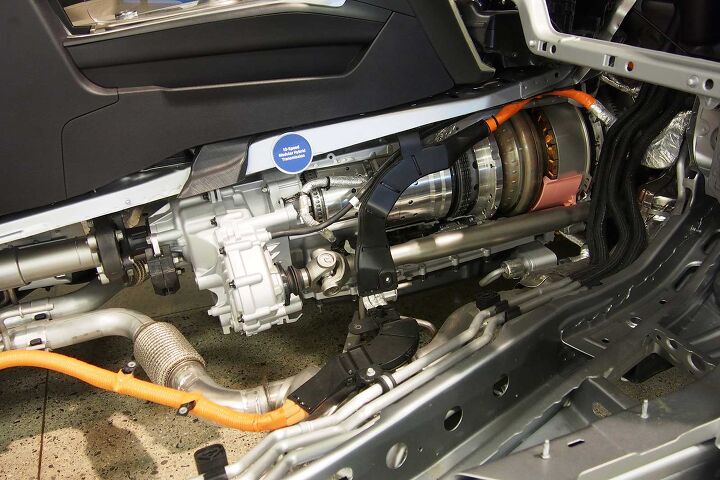



















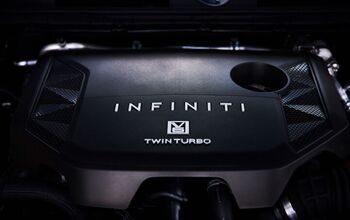




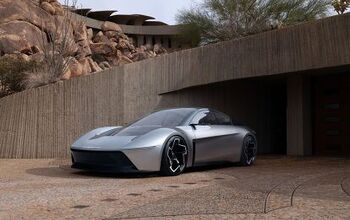

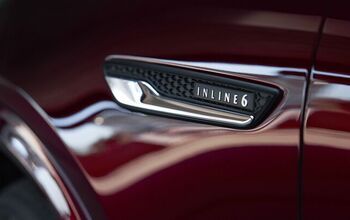
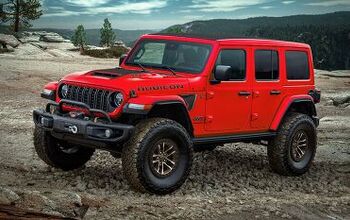


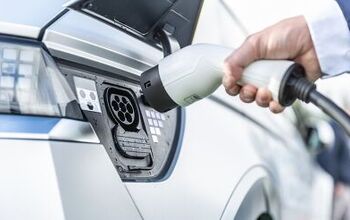


Comments
Join the conversation